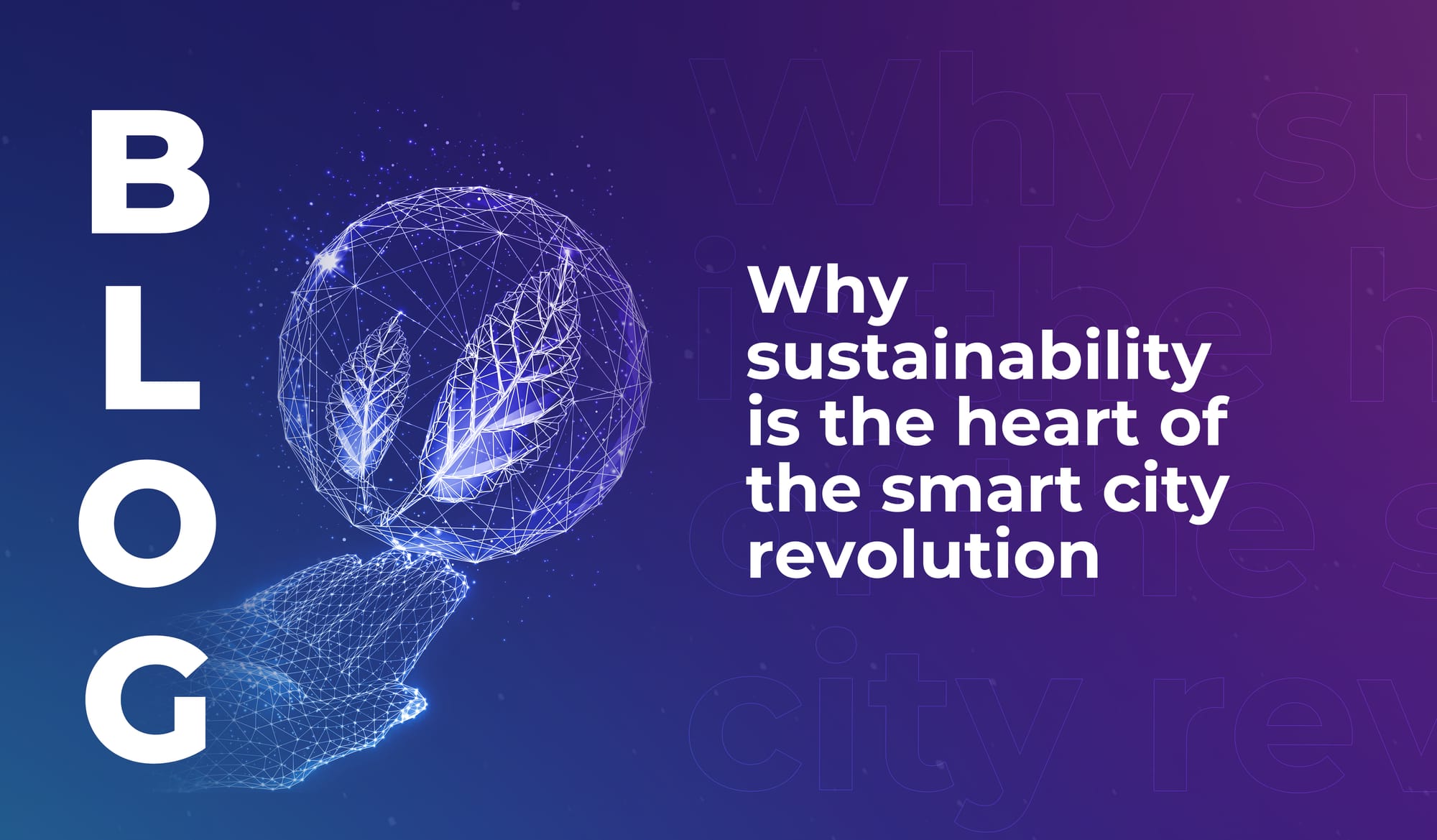
Is GenAI the key to building smarter cities?
Learn how generative AI is unlocking the true potential of digital twins – to make smart cities more efficient, inclusive, and citizen-focused.


People are calling it an arms race right now. The rush to create new technology – largely in the AI sector – and come out on top of emerging trends. For developers, the pressure to stay ahead is real. Tech is changing fast, and there’s a sense that if you come up for air you’ll miss something huge.
So how can developers stay ahead of the curve?
You don’t want to chase innovation. You want to drive it.
And that means not jumping on every new trend that takes the market by storm. Stay true to your technology goals and your business goals, and own your space – instead of trying to catch up with the developers owning other spaces.
At the same time, you’ve got to stay in touch with the latest changes. Because you’ve got to know when to become part of the late majority that adopts them.
For example, you might not need to be one of the developers working on generative AI. You know you don’t need to pivot your entire business to try and build an AI tool that competes with the likes of Open AI and Bard – because you’re not going to catch up with the many years of work that have brought them to this point.
You do, however, need to recognise that generative AI is likely to transform software development. Prompt engineering to tune LLMs can already help developers predict the next lines of code based on what they’ve already written, or even based on a prompt that describes the intended functionality of a piece of software. Coders can use AI to write code faster, and with lower risk of human error.
And the next leap in this trajectory will be when developers can write code by prompting AI with the functionality of each small piece of the software – without having to manually input any code at all. As Felix Laumann (CEO at NeuralSpace) wrote for Towards Data Science,
“In essence, this will allow not only developers to create software but anyone who is able to accurately describe the functionality of a desired software product in natural language.”
Adopt technologies not because everyone else is doing it, but when you know they can help you drive innovation in your space.
When Steven Bartlett (Founder of Social Chain, Investor on Dragons’ Den) spoke at LEAP 2023 he shared his strategy for staying ahead: moving fast and failing fast.
The innovators who come up with new ideas, test them,and bring them to market quickly have an edge over those who take a slower route. In an industry that’s rushing so quickly forwards, the people with the most failures behind them are the ones who are moving fast enough to keep up.
This doesn’t mean you should back every idea you have with money and months of your time. Failing fast might be necessary in today’s tech culture, but it’s also important to fail smart.
With any given product or service, you can fail fast but still go on to build that product into a successful business. Because failing fast doesn’t always mean jumping from one idea to another; it might mean shortening your product development cycles in order to meet current industry or consumer needs. And by doing that, you can move up the value chain very quickly – by incrementally increasing the benefits of your product and your customers’ satisfaction.
Does everyone on your team feel empowered to conduct experiments, share ideas, and make mistakes? Do you feel that way? If not, you might be held back from sharing and trying ideas that would help you stay ahead of changing times. Willingness to try and fail is a competitive edge.
So failure within your team shouldn’t be a reason for shame or disciplinary procedures. But in the US, a poll by Gallup found that only 21% of employees feel that their company creates an environment where failure and learning from mistakes is an accepted part of the process.
Writing for the Harvard Business Review, Doug Sundheim (Author of Taking Smart Risks), said: “Everyone in your organisation knows what success is. Far fewer know what a smart failure is.”
So it’s down to leaders to create boundaries around failure that enable team members to be curious, try things out, but know when they’re going too far. Clear boundaries about what is and isn’t OK means that people can make mistakes (sometimes big ones) but they’ll never cause total destruction to the business.
Connect with your community. Take every opportunity to collaborate, build new partnerships, and benefit from the knowledge and experience of other developers.
You know we’re about to say it: come to LEAP 2024. It’s one of the best ways in the world to stay ahead of the curve.

Learn how generative AI is unlocking the true potential of digital twins – to make smart cities more efficient, inclusive, and citizen-focused.

The smart cities of the future will use tech to lower emissions, cut urban temperatures, and improve quality of life in highly populated areas.

Discover the cities that rank highly for smart city preparedness, and learn why locally relevant innovation is more important than cutting-edge tech.

Learn how generative AI is unlocking the true potential of digital twins – to make smart cities more efficient, inclusive, and citizen-focused.

The smart cities of the future will use tech to lower emissions, cut urban temperatures, and improve quality of life in highly populated areas.

Discover the cities that rank highly for smart city preparedness, and learn why locally relevant innovation is more important than cutting-edge tech.